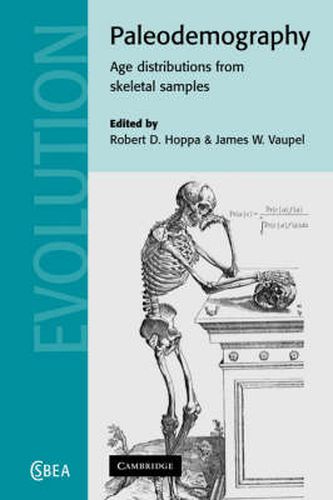Readings Newsletter
Become a Readings Member to make your shopping experience even easier.
Sign in or sign up for free!
You’re not far away from qualifying for FREE standard shipping within Australia
You’ve qualified for FREE standard shipping within Australia
The cart is loading…






Paleodemography is the field of enquiry that attempts to identify demographic parameters from past populations (usually skeletal samples) derived from archaeological contexts, and then to make interpretations regarding the health and well-being of those populations. However, paleodemographic theory relies on several assumptions that cannot easily be validated by the researcher, and if incorrect, can lead to large errors or biases. In this book, physical anthropologists, mathematical demographers and statisticians tackle these methodological issues for reconstructing demographic structure for skeletal samples. Topics discussed include how skeletal morphology is linked to chronological age, assessment of age from the skeleton, demographic models of mortality and their interpretation, and biostatistical approaches to age structure estimation from archaeological samples. This work will be of immense importance to anyone interested in paleodemography, including biological and physical anthropologists, demographers, geographers, evolutionary biologists and statisticians.
$9.00 standard shipping within Australia
FREE standard shipping within Australia for orders over $100.00
Express & International shipping calculated at checkout
Paleodemography is the field of enquiry that attempts to identify demographic parameters from past populations (usually skeletal samples) derived from archaeological contexts, and then to make interpretations regarding the health and well-being of those populations. However, paleodemographic theory relies on several assumptions that cannot easily be validated by the researcher, and if incorrect, can lead to large errors or biases. In this book, physical anthropologists, mathematical demographers and statisticians tackle these methodological issues for reconstructing demographic structure for skeletal samples. Topics discussed include how skeletal morphology is linked to chronological age, assessment of age from the skeleton, demographic models of mortality and their interpretation, and biostatistical approaches to age structure estimation from archaeological samples. This work will be of immense importance to anyone interested in paleodemography, including biological and physical anthropologists, demographers, geographers, evolutionary biologists and statisticians.